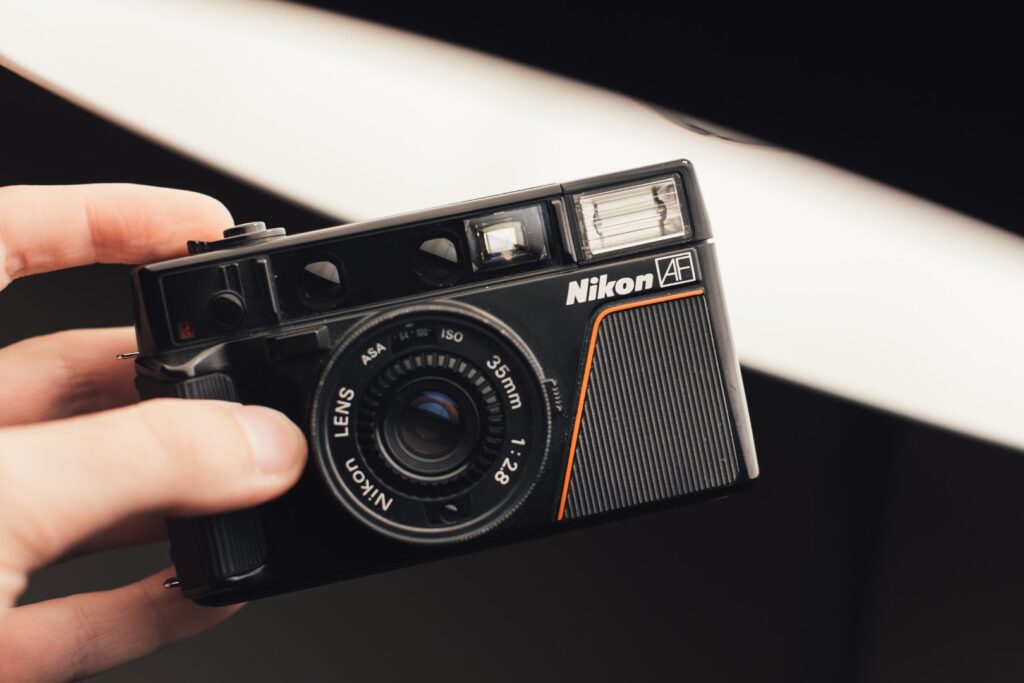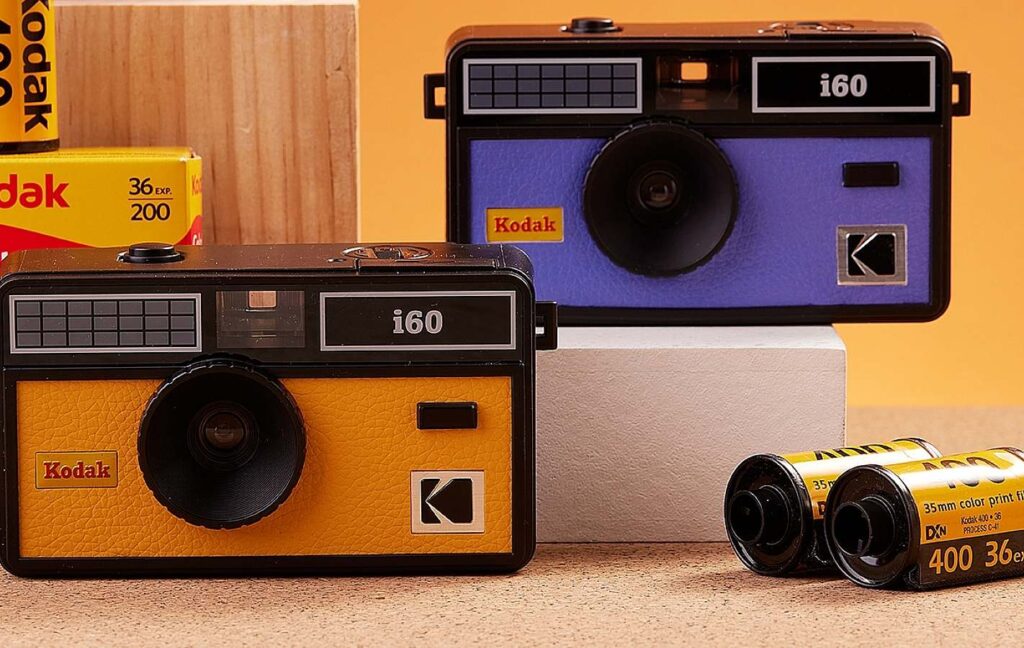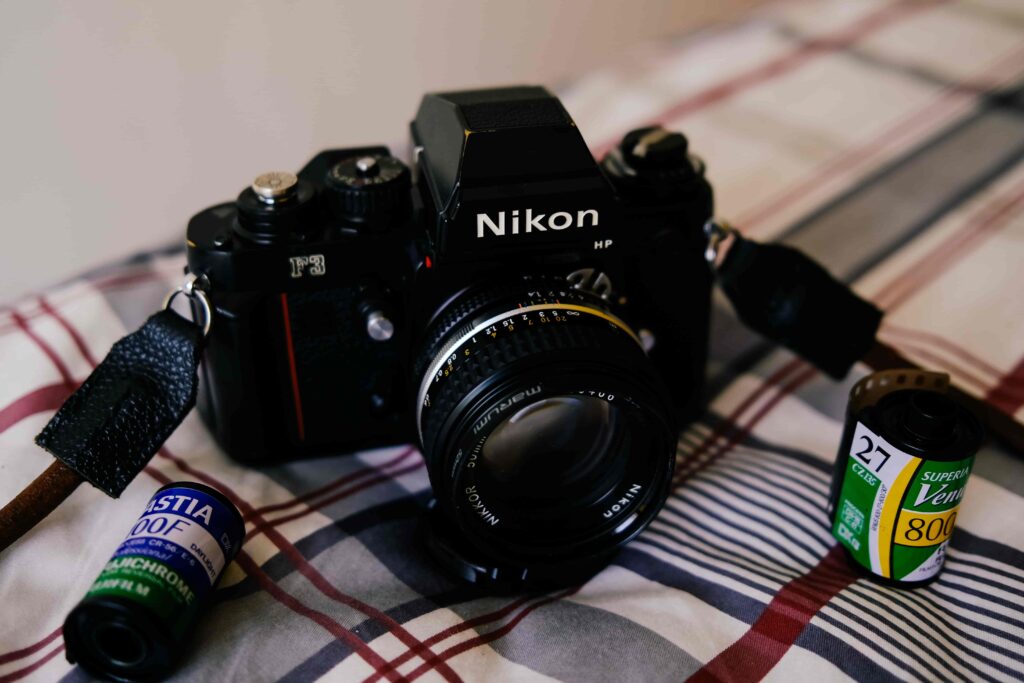Unveiled in 1983, the Nikon L35AF proudly marked Nikon’s entry into the world of autofocus compact cameras. Boasting a robust design and exceptional specifications, it was the pioneering model in Nikon’s revered L series. The ‘Pikaichi’ (“top notch”) as it was fondly known in Japan, made quite a splash in the camera market, paving the way for future innovations. The camera was designed by Koichi Wakamiya, who updated the Sonnar formula lens for the L35AF model. Nikon also released a version with an “autodate” function, christened as the L35AD.
Choosing the right film is a vital aspect of leveraging the Nikon L35AF’s capabilities to their fullest. This comprehensive guide is dedicated to providing a detailed overview of various film types and their compatibility with the Nikon L35AF. It is an exploration of the aesthetic qualities these films can lend to the output, and how they can augment the user experience.
In this guide, you’ll find insights into different film types, speeds, and the aesthetic characteristics each film can bring to your photos. This includes our top film recommendations, tips on film selection based on various scenarios, and advice on economical film alternatives. By the end of this guide, you’ll have a well-rounded understanding of how to produce high-quality photos with the Nikon L35AF.
Related content that might be relvant:
- All currently available Black and White films
- All currently available Color Negative films
- All currently available Slide films
Understanding Film Sizes and Nikon L35AF Compatibility
The world of film photography includes a variety of film sizes, each bearing its unique characteristics and applications. It’s important to note that a specific film size is designed for use with the Nikon L35AF. Here, we briefly discuss three common film sizes:
- 35mm Film: Also known as 135 film, this is the most widespread film size. It is available in an array of speeds and formats, including black and white, color negative, and slide film. Almost all film labs can process this size, and a typical roll can give 24 or 36 exposures. Importantly, the Nikon L35AF is exclusively compatible with 35mm film.
- Medium Format Film: This film size, known as 120 or 220 film, is larger than 35mm, which translates to higher resolution and detail in images. It delivers a distinct depth of field, making it popular for portrait photography. However, it is less common than 35mm film, is not processed by all labs, and typically comes at a higher cost. This format is not compatible with the Nikon L35AF.
- Large Format Film: This is the largest and least common of the three sizes. Large format film is typically used for professional applications that demand extremely detailed images, such as landscape or architectural photography. This film type requires specialized handling and processing knowledge, along with appropriate equipment. Large format film is not compatible with the Nikon L35AF.
In conclusion, while there are several film sizes available in the market, the Nikon L35AF is designed to work solely with 35mm film.
Exploring Various Film Stocks
The world of film photography presents a rich variety of film stocks, each bringing unique colors, contrasts, and tones to your images. Let’s delve into the specifics of black and white, color negative, and slide films to understand their characteristics, pricing, availability, and how they can be effectively used with your Nikon L35AF.
Black and White Film

Agfa 100 APX shot on my Canon AE1 | Full Version on Flickr
Black and white film can transform the ordinary into something extraordinary with its timeless appeal. The absence of color brings focus to the composition, texture, and contrast in images, often producing dramatic results. It’s an excellent choice for capturing portraits, street photography, or any scene where you want to emphasize emotion and structure over color.
Pros:
- Provides a classic, timeless aesthetic.
- Emphasizes textures and contrast.
- Can easily be developed at home, allowing more control over the final image.
Cons:
- Lacks the vibrancy and information color can provide.
- May not be suitable for all scenarios, particularly those where color plays a vital role.
Pricing and Availability: Black and white film is generally affordable and widely available in most camera stores and online marketplaces. It is typically offered in a broad range of ISOs, which allows flexibility for Nikon L35AF users in various lighting conditions. Check out our comprehensive overview of all available black and white films for all the options you have.
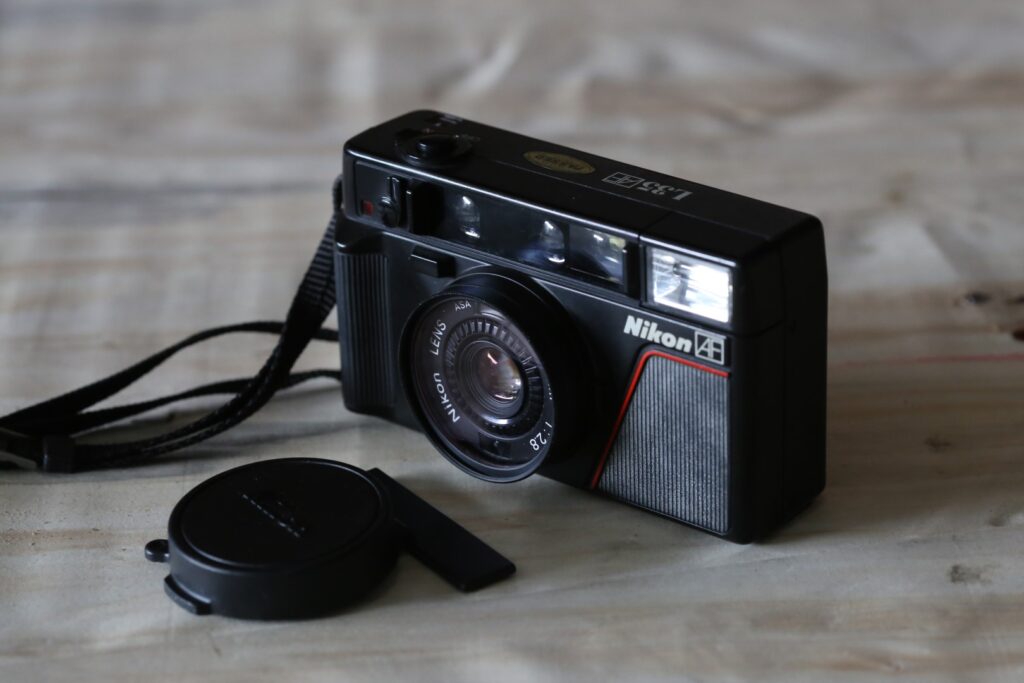
Color Negative Film
Color negative film is the most commonly used film type and provides a wide range of colors and tones. It is a versatile choice, suited to a variety of lighting conditions and subjects.
Pros:
- Offers a wide dynamic range and latitude in exposure, forgiving minor exposure errors.
- Provides rich and vibrant colors.
- Ideal for a variety of shooting scenarios, from landscapes to portraits.
Cons:
- Requires specific chemicals for development, making home processing more complex than black and white film.
- Color rendition can vary depending on the film stock and development process.
Pricing and Availability: Color negative film, available in a range of prices from reasonably affordable to more expensive options, is widely accessible in various ISOs, making it a versatile choice for Nikon L35AF users.
Our comprehensive article on the currently available 35mm color negative film stocks is an excellent resource if you want to delve into more options, seek inspiration, browse sample images, or compare prices. It offers an extensive overview and detailed information about each film stock, enabling you to select the ideal one that matches your photography style and requirements.
Slide Film
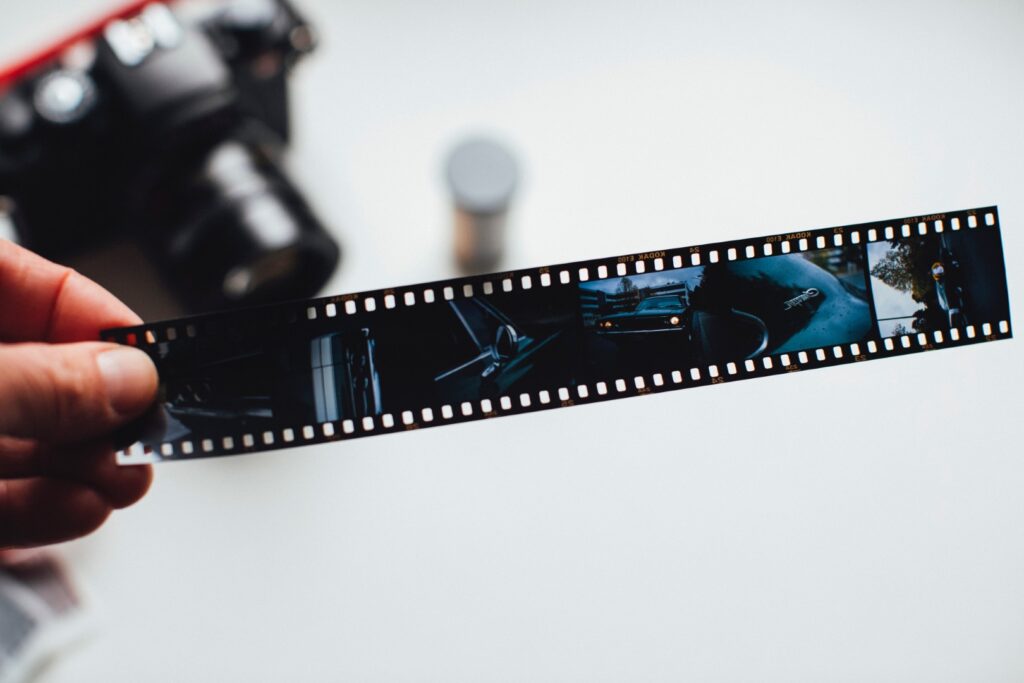
Slide film, or reversal film, produces a positive image on a transparent base. This means you get a miniature version of your image that can be viewed or projected. Slide film delivers high color saturation and contrast, but it is less forgiving of exposure errors.
Pros:
- Produces vibrant colors and high contrast, resulting in eye-catching images.
- Provides a positive image that can be viewed directly or projected.
Cons:
- Has a narrow exposure latitude, which requires accurate exposure settings.
- Is more complex and costly to develop compared to color negative film.
Pricing and Availability: Slide film tends to be more expensive and less widely available than black and white or color negative films. However, for those who master its use, it offers unique aesthetic qualities that can make your Nikon L35AF images stand out. Unfortunately the range of available slide film has become very small over the years, but you can find more info in our comprehensive overview.
Factors to Consider When Selecting a Film for Your Nikon L35AF
Choosing the right film for your Nikon L35AF is about more than just compatibility; it’s about finding the right balance of practicality, aesthetics, and performance. Here, we’ll explore key factors like film speed and aesthetic qualities that can help guide your decision-making process.
Film Speed
Film speed, denoted by an ISO number, is a crucial factor to consider when choosing a film. It determines the film’s sensitivity to light, which in turn can significantly impact the appearance of your final images.
The Nikon L35AF offers a range of ISO settings, typically from ISO 50 to ISO 1000 but some earlier versions are only able to go up to ISO 500. Lower ISO films (e.g., ISO 50 or 100) are less sensitive to light and require more exposure, which makes them ideal for bright conditions, such as outdoor photography on a sunny day. These films generally produce images with finer grain and higher resolution.
On the other hand, higher ISO films (e.g., ISO 400, 800, or 1000) are more sensitive to light and require less exposure, making them suitable for low light conditions or for capturing action shots. However, higher ISO films tend to result in images with more noticeable grain.
Remember, the ISO setting on your Nikon L35AF should match the ISO of the film you’re using to ensure correct exposure.
Aesthetic Qualities of the Film Stock
Beyond the practicalities of ISO and light sensitivity, the film stock you choose will also profoundly affect the aesthetic qualities of your images. Each film stock has its unique palette of colors, contrast levels, and grain structure, all of which can significantly influence the mood and feel of your photos.
For instance, black and white film can lend a timeless, classic appeal to your shots and is particularly effective at emphasizing textures and contrasts. Color negative film offers a wide dynamic range and rich, vibrant hues, making it suitable for a variety of scenes and lighting conditions. Slide film, while less forgiving of exposure errors, can deliver striking images with high color saturation and contrast.
Selecting a film stock for your Nikon L35AF, therefore, involves considering both the practical aspects of shooting and how you want your final images to look. Experimenting with different films can be a rewarding way to discover the aesthetic that resonates most with your photographic vision.
Developing and Scanning Film
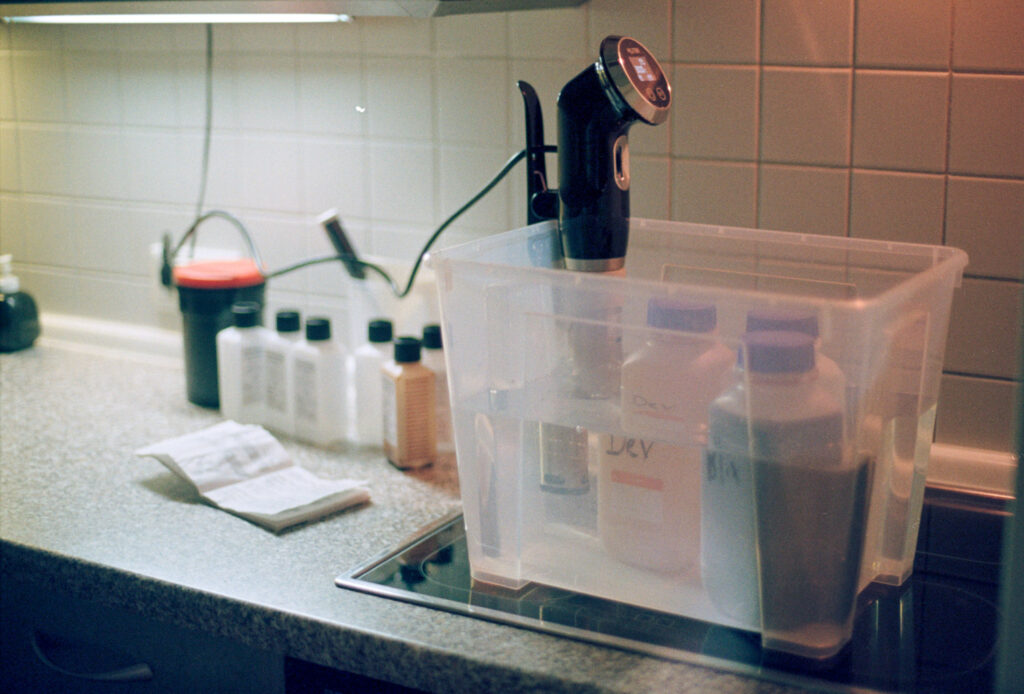
The journey of a film photo isn’t complete once you’ve hit the shutter. Developing and scanning your film are key steps in the process of creating your final images, and there are different methods to consider for each.
Developing your film transforms the latent image captured on your film into a visible image. There are two main routes you can take for this:
- Home Developing: If you’re inclined towards the hands-on, DIY aspect of film photography, developing film at home can be a rewarding experience. It requires an initial investment in equipment (a developing tank, changing bag, chemicals, etc.) and learning the process, but it can offer more control over your results. For black and white film, home developing is relatively straightforward and can be an excellent first step into the world of film developing.
- Lab Developing: This is the more convenient option, where professionals handle the process using consistent, controlled conditions. This is particularly advisable if you’re using color film, as the development process is more complex than for black and white film. Many labs also offer push or pull processing, which can help correct exposure errors made during shooting.
Scanning your film is what turns your physical negatives into digital files. Again, you have two main options:
- Home Scanning: Scanning at home requires a film scanner or a modern digital camera with a macro lens. While this method requires an upfront investment and time to learn, it gives you control over the scanning process and the ability to digitize your negatives whenever you want.
- Lab Scanning: Many developing labs offer scanning services, providing you with digital files alongside your developed negatives. This option saves you time and effort, and labs often offer different scanning resolutions to choose from, depending on your needs.
Top Film Choices for Nikon L35AF
Choosing the right film can drastically enhance your shooting experience with the Nikon L35AF. Whether you’re in pursuit of vivid hues, timeless grayscale, or slide film’s distinctive charm, there’s a film out there for your needs. Let’s explore some top film choices, readily available in the market, that can help bring out the best in your Nikon L35AF.
Color Films
Kodak Portra 400: A favorite among many, Kodak Portra 400 offers a versatile ISO speed and exceptional color saturation. It provides excellent skin tones and fine grain, making it an ideal choice for portraits and outdoor photography. In case you want to see more of how this specific film stock performs, make sure to take a look at my Portra 400 album on Flickr. Check current prices here.
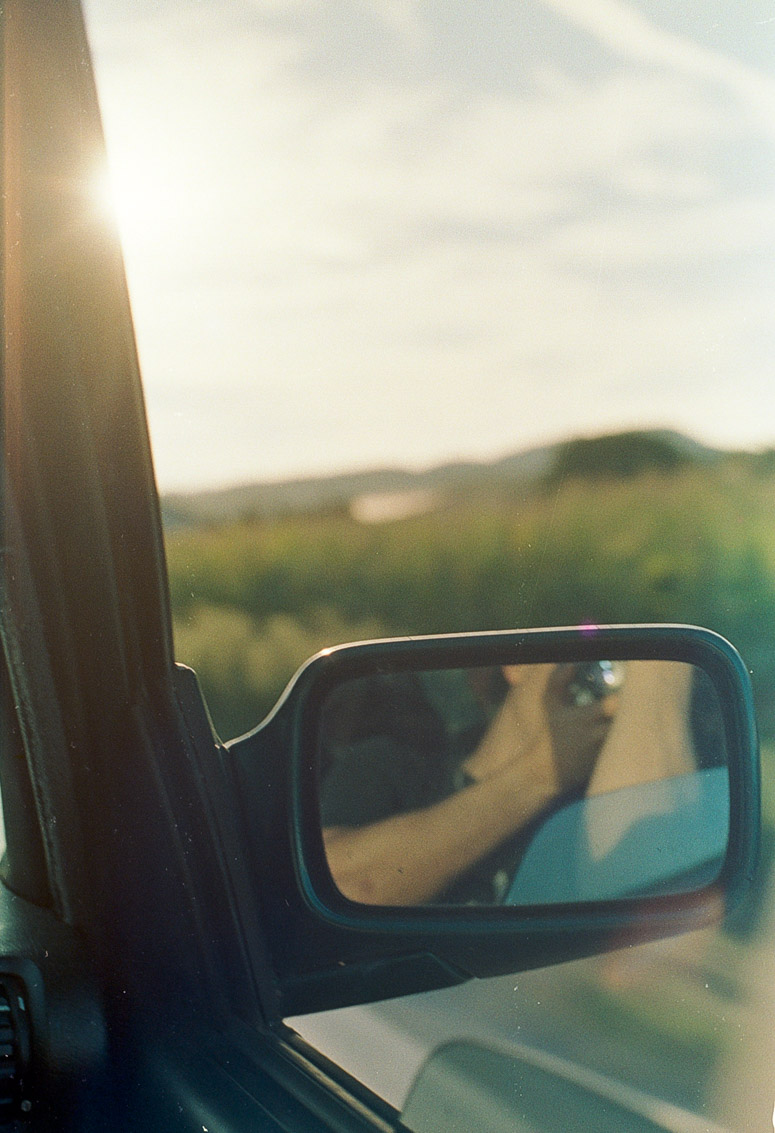
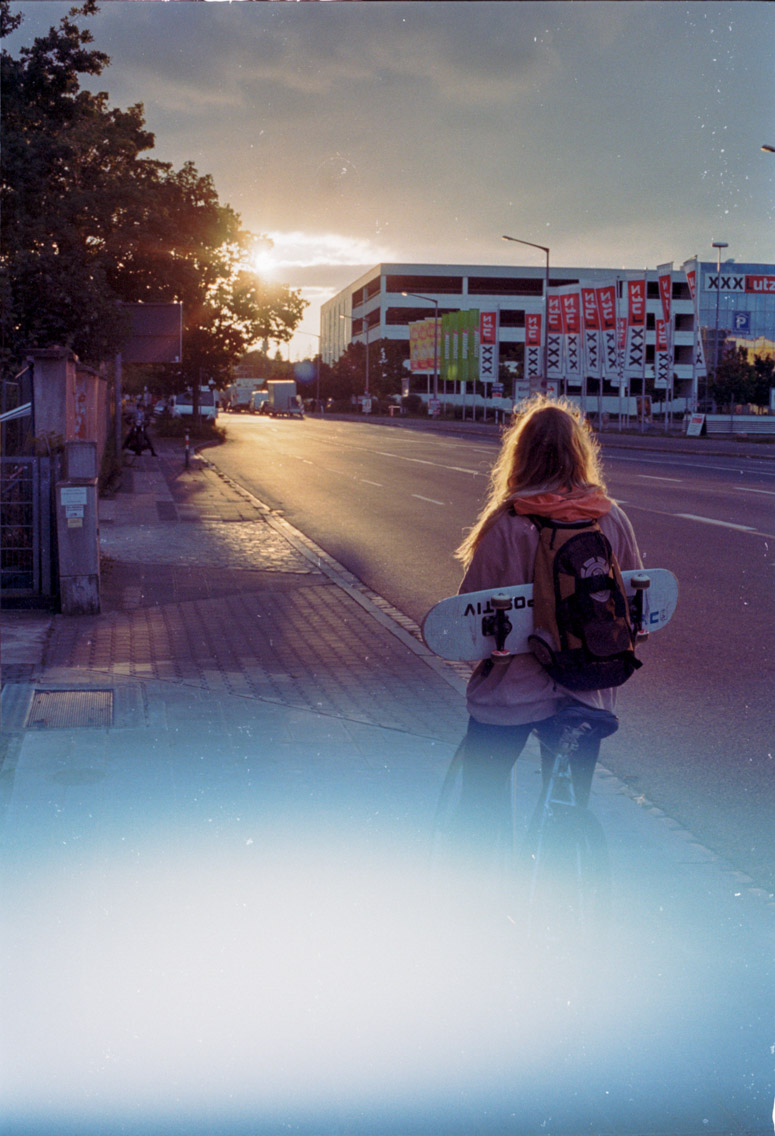
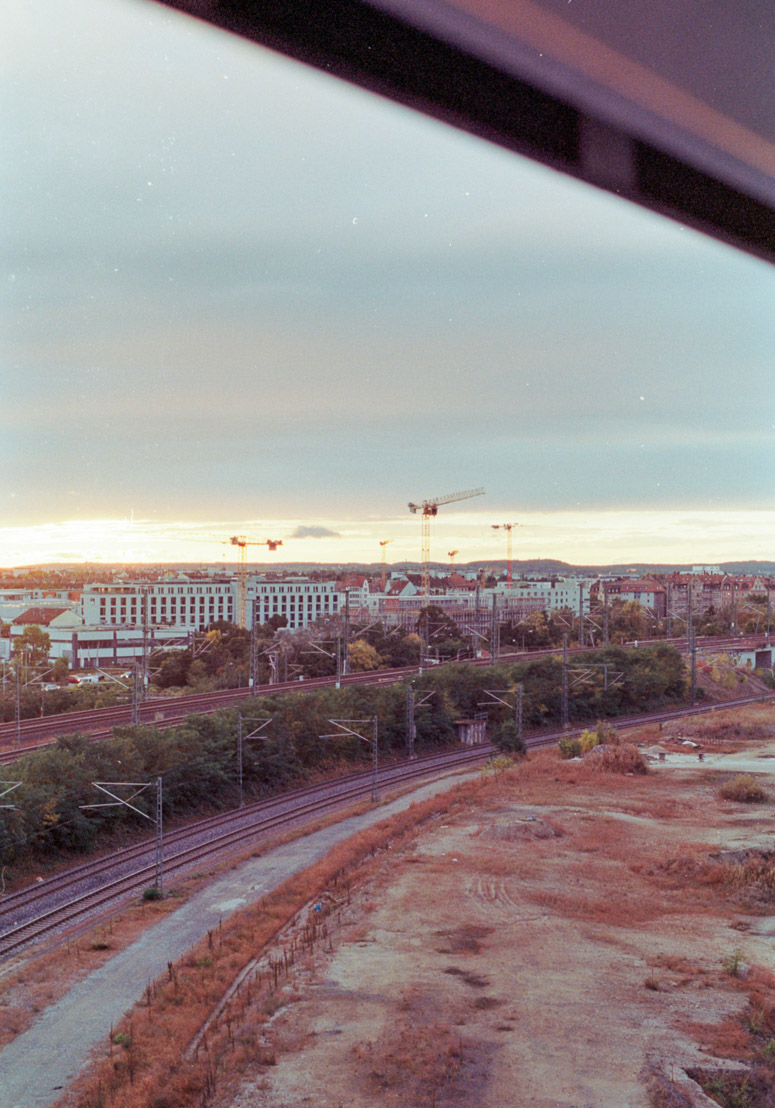
Kodak Gold 200: is known for its vibrant and warm color palette, making it ideal for everyday photography. It offers a slightly nostalgic feel, perfect for capturing moments with a timeless quality. Its ISO 200 rating makes it versatile for a variety of lighting conditions, from sunny days to overcast settings. In the Nikon L35AF, Kodak Gold 200 brings out a balanced blend of color fidelity and contrast, enhancing the camera’s ability to capture life’s moments with clarity and a hint of nostalgia.Check current prices here.



Kodak Ektar 100: Known for its ultra-vivid color and incredibly fine grain, Kodak Ektar 100 is an excellent film for capturing detail and vibrancy. While it excels in sunny conditions, it can deliver striking results across a range of settings. Check current prices here.
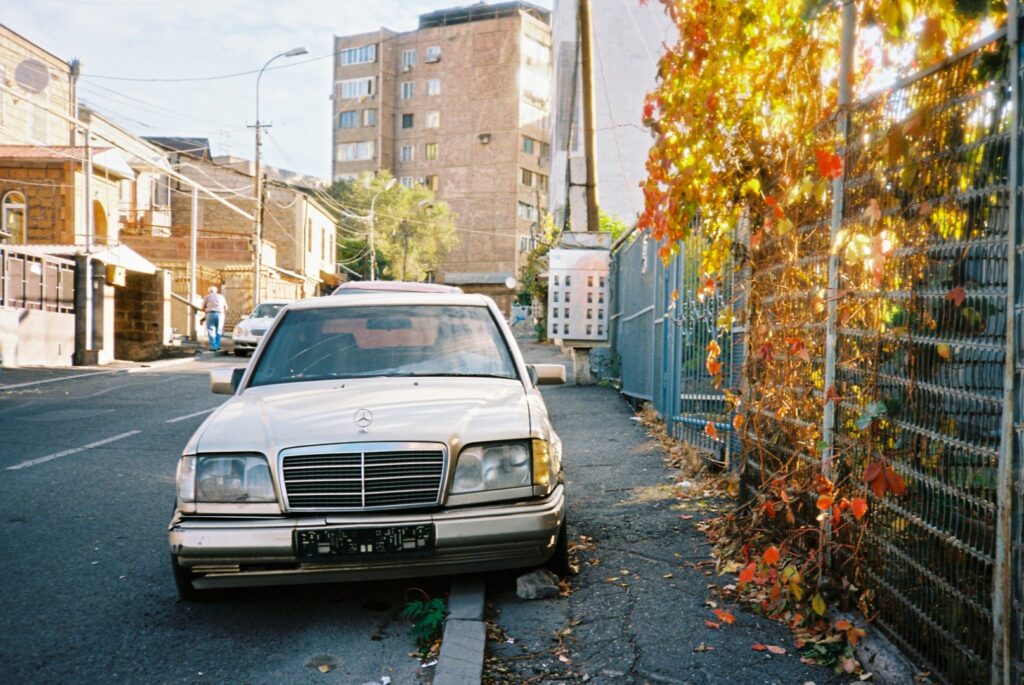
This collection represents just a fraction of the numerous color film stocks on the market. For a more extensive exploration, complete with detailed descriptions and sample images, be sure to consult our comprehensive overview on all presently accessible 35mm color negative film stocks.
Black and White Films
Ilford HP5 Plus 400: Ilford HP5 Plus is a high-speed film with a wide exposure latitude, making it a reliable choice for various lighting conditions. It offers rich black and white tones, and its strong grain adds a timeless texture to images. Check current prices here.
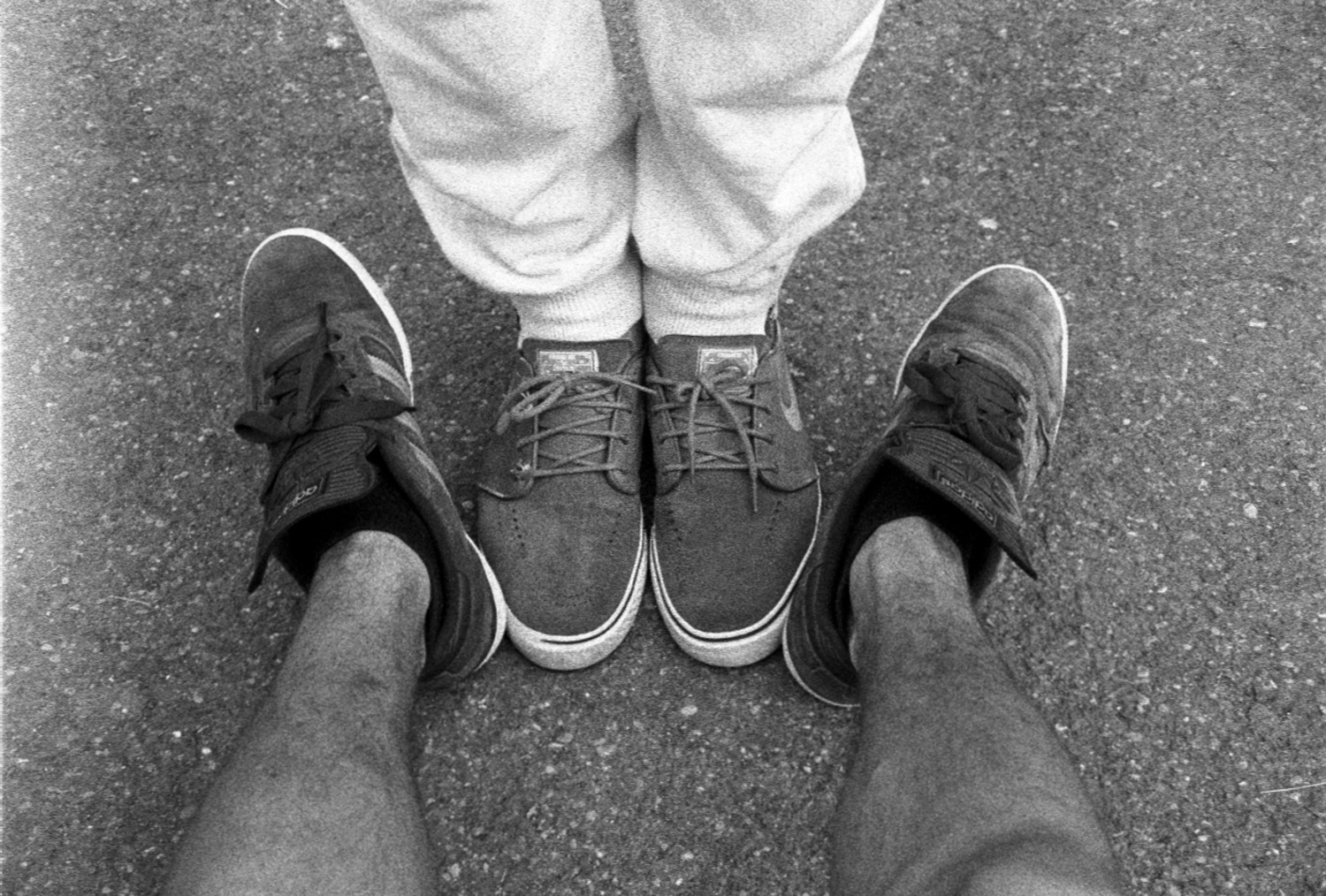
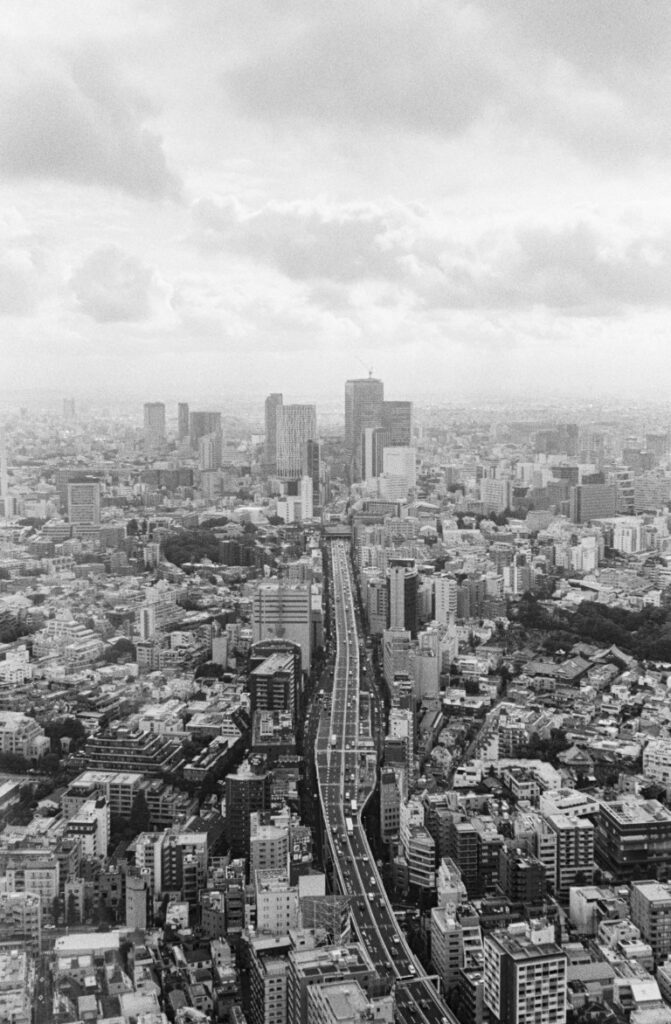
Kodak Tri-X 400: This is an iconic black and white film known for its rich contrast and flexible ISO 400 speed. Its distinct grain structure and broad tonal range have made it a favorite in the black and white film community. Check current prices here.
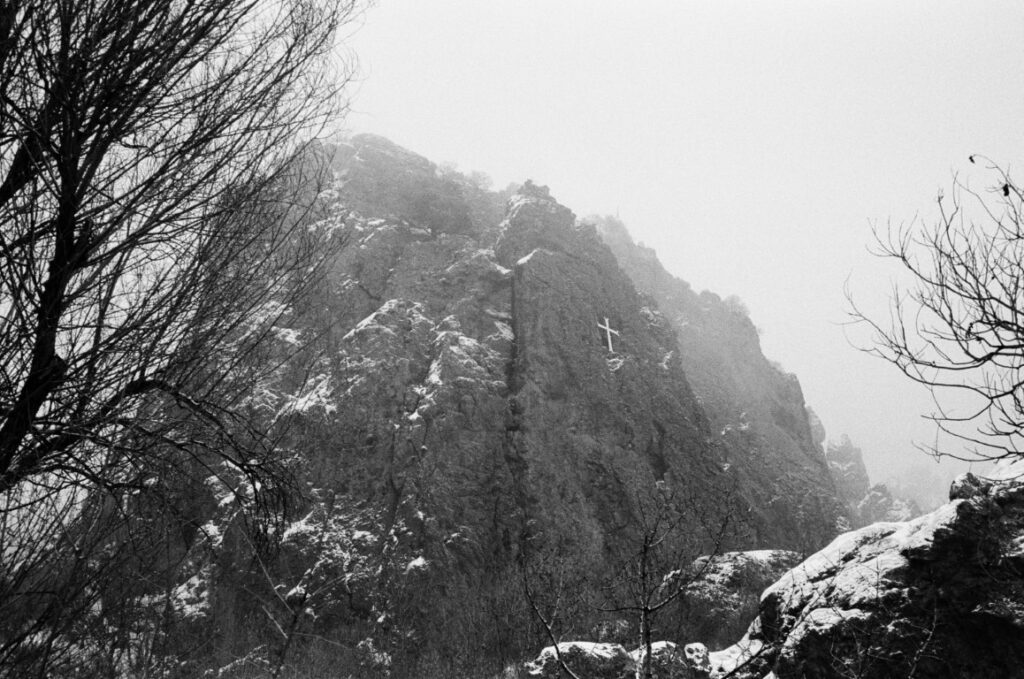
Fujifilm Acros II 100: Replacing the discontinued Acros 100, Acros II is a medium-speed black and white film that’s known for its fine grain, sharpness, and exceptional detail retention. It performs excellently in a variety of lighting conditions. Check current prices here.
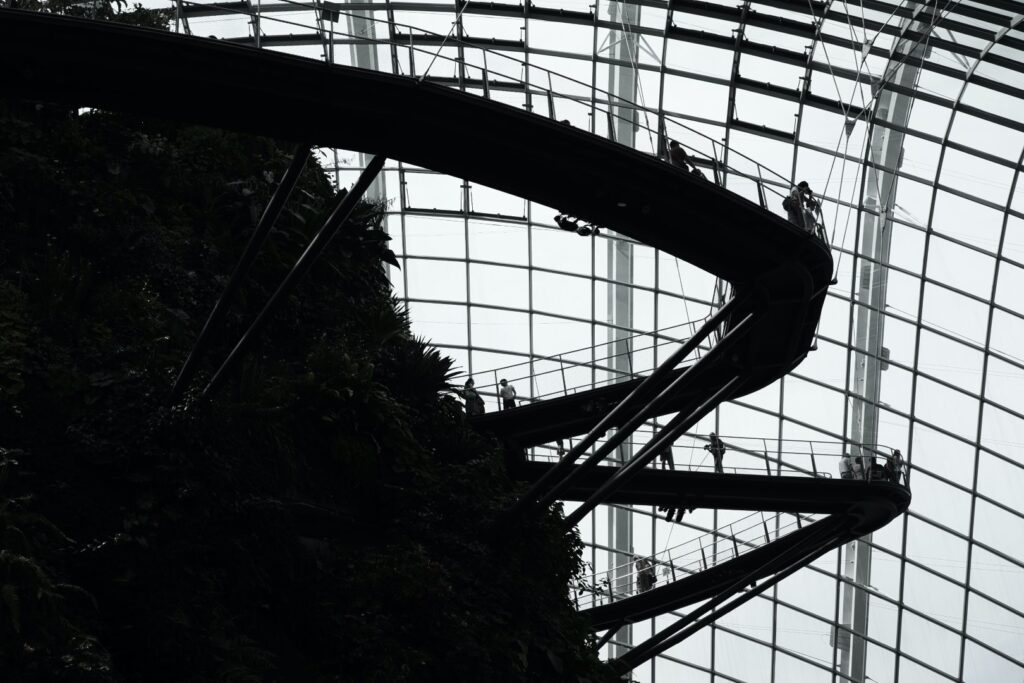
This compilation captures only a part of the diverse black and white film options available. For a deeper dive, including thorough descriptions and example photographs, don’t miss our complete guide on all available black and white film on the market.
Slide Films
Fujifilm Provia 100F: Fujifilm Provia 100F is a high-quality, professional-grade slide film known for its fine grain, high sharpness, and vivid color rendition. It’s a great choice for landscape and nature photography or any scenario where color accuracy is critical. Check current prices here.
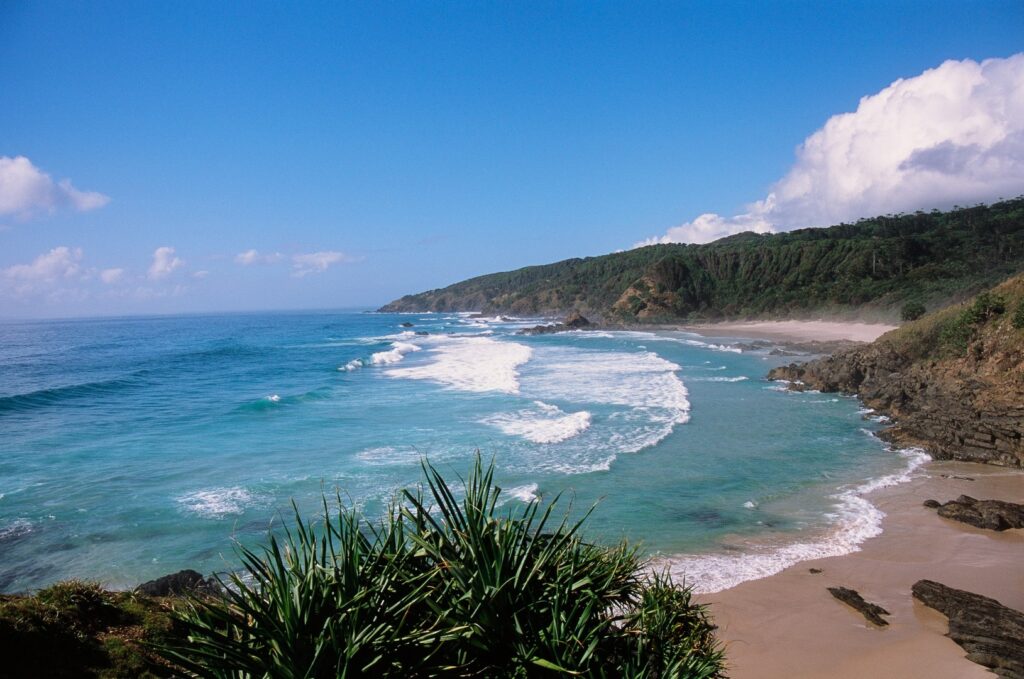
Kodak Ektachrome E100: Resurrected by Kodak due to popular demand, Ektachrome E100 is known for its clean, vibrant colors, fine grain, and a good balance of contrast. It’s a superb choice for creating high-quality slides with your Nikon L35AF. Check current prices here.
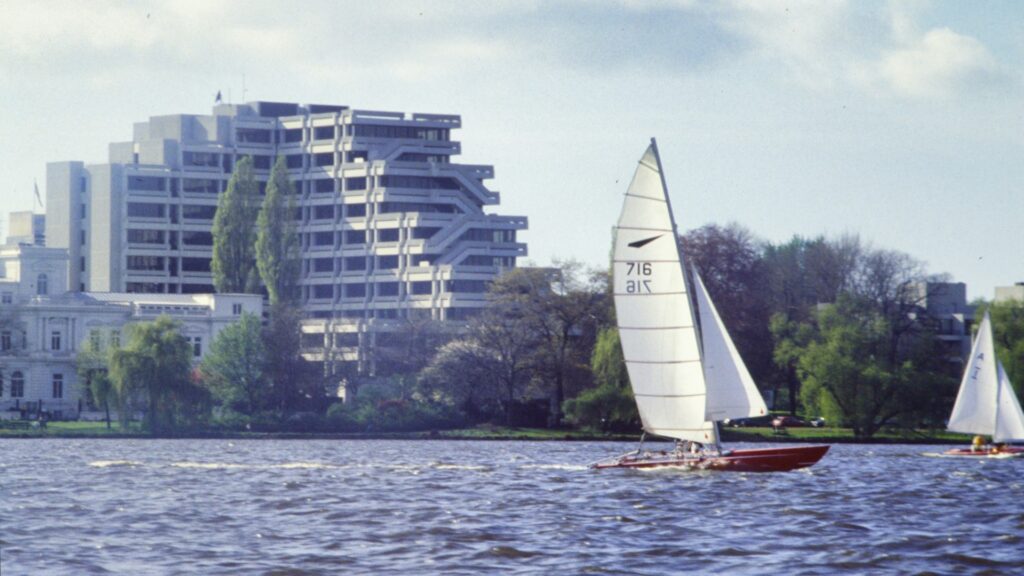
Economical Film Alternatives
While film photography is an investment, there are plenty of affordable film options on the market that still deliver high-quality results. Whether you’re experimenting with the Nikon L35AF or regularly capturing images with it, these budget-friendly alternatives can offer an excellent bang for your buck.
- Kodak ColorPlus 200: This is an entry-level, daylight-balanced film that’s a great introduction to Kodak’s color films. It provides a good balance between color rendition and sharpness, and is suited for a range of daylight conditions.
- Fujifilm 200: A versatile and affordable color film, Fujifilm 200 offers a nice grain structure and reliable performance in various lighting conditions. It’s a solid choice for those looking to experiment without breaking the bank.
- Ilford Kentmere 400: For those interested in black and white photography, Ilford’s Kentmere 400 is a budget-friendly option. While it has a bit more grain than some of its pricier counterparts, it still delivers a pleasing tonal range and contrast.
Where to Buy Film
Finding the right film for your Nikon L35AF can be as simple as clicking a button or visiting a local store. Here are some places to explore:
- Amazon: As one of the largest online marketplaces, Amazon offers a vast selection of films from different manufacturers. It’s an excellent place for comparing prices and user reviews.
- eBay: Whether you’re looking for a discontinued film or wanting to buy in bulk, eBay can be a great source. As with any online marketplace, ensure you’re purchasing from reputable sellers to avoid expired or improperly stored film.
- Specialized Online Shops: Stores like B&H Photo, Adorama, and KEH Camera are tailored for photography enthusiasts and carry a variety of film stocks. Additionally, websites dedicated to film photography such as The Film Photography Project, Analog Wonderland, and Freestyle Photographic Supplies can be an invaluable resource for both purchasing film and gaining additional knowledge.
- Local Film Photography / Camera Shops: Don’t discount the value of visiting a physical store. Local camera shops not only provide film but also offer the benefit of expert advice and a sense of community. Some may even offer developing and scanning services, providing an all-in-one solution for your film photography needs.
Frequently Asked Questions about Using Film in Nikon L35AF
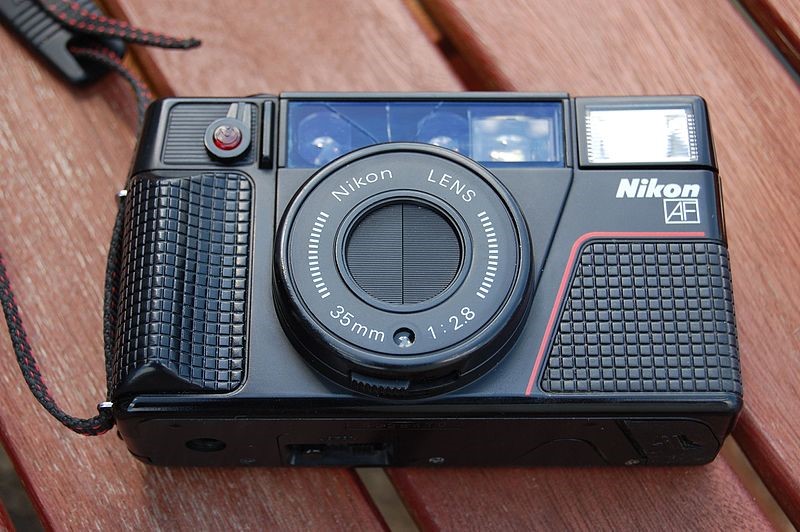
Navigating the world of film photography with your Nikon L35AF can raise several questions. Here are some common queries, along with answers, to assist you in your journey:
Can I use expired film with my Nikon L35AF?
Yes, you can use expired film with your Nikon L35AF. However, be aware that the results can be unpredictable. Colors may shift, contrast could drop, and there may be more grain. Some photographers enjoy the unique results they get from expired film. If consistency is important to you, consider sticking with fresh film.
How does the Nikon L35AF’s automatic exposure work with different film types?
The Nikon L35AF comes with an Automatic Exposure system that adjusts the aperture and shutter speed based on the film’s ISO and the scene’s lighting conditions. Whether you’re using color negative, black and white, or slide film, the camera’s light metering will adjust accordingly. However, each film type has its own characteristics, and knowing these can help you choose the appropriate film for your lighting conditions.
What are some common issues when using film with Nikon L35AF and how can I avoid them?
Some common issues include incorrect film loading leading to blank rolls, and using film with an inappropriate ISO for the lighting conditions, resulting in underexposed or overexposed photos. To avoid these, ensure you’re correctly loading the film and that the film advance is working before you start shooting. Also, gain knowledge about film speed (ISO) and how it affects exposure to choose the right film for your lighting conditions.
How does temperature affect the film I use with my Nikon L35AF?
Temperature can affect both the film in your camera and your stored film. High temperatures or humidity can lead to color shifts and increased grain in your film, while cold temperatures might affect the battery performance of your Nikon L35AF. Try to store your film in a cool, dry place, and avoid leaving your camera in extremely hot or cold environments.

